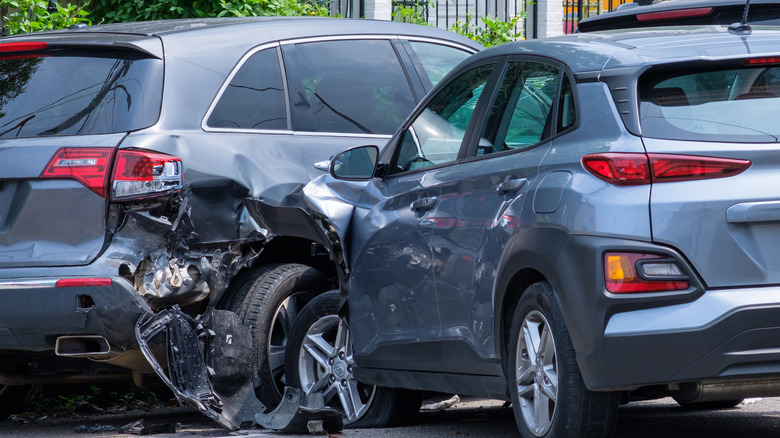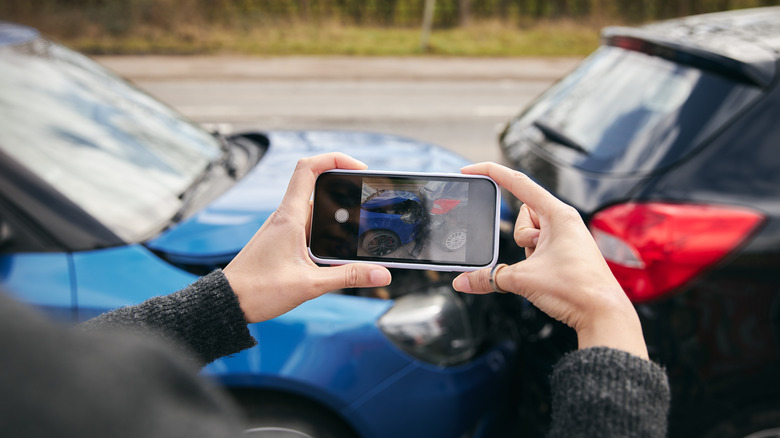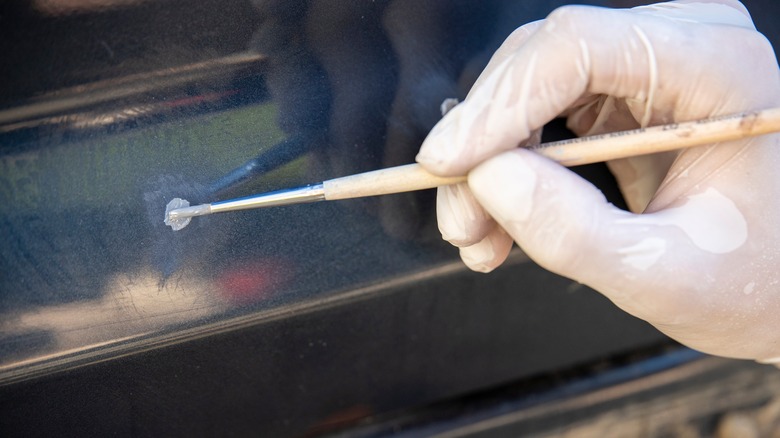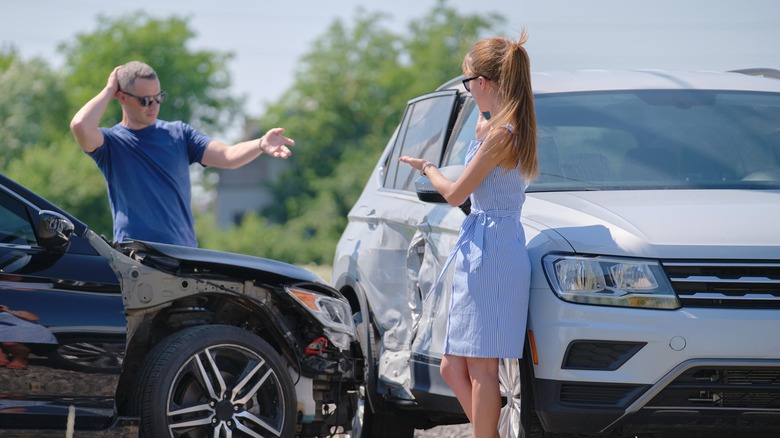3 Types Of Documentation You'll Need If You're Ever In A Car Accident
There are critical questions that you should ask right after a car accident, such as if anyone is hurt or if you need to get away from what could potentially be a safety hazard. After all, if anyone looks like they're in bad condition or their life is at risk, it's best to call an ambulance or 911 first to make sure first responders are mobilized as soon as possible. Once everyone is safe, you can proceed to ask other important questions and gather the necessary documentation for police reports or insurance-related claims.
In 2020, the Insurance Information Institute reported that the average claim settlements, which include medical bills, damage to property, and the inability to work, could reach up to $25,000. However, how much you can claim from insurance will depend on various factors, including the specific case you build using documentation from the incident. If you're not sure you need to prepare, here are some key types of documentation from a car accident that you should have to help them make an informed and fair decision.
Photographic and video evidence
One of the most important pieces of documentation you'll need to file your insurance are photos and videos, whether by you, your vehicle's dashboard camera, witnesses, or CCTV cameras near the accident area. When it comes to protecting yourself from accidents, the dashboard camera (or dashcam) is a necessary upgrade for your car. In some cases, dashboard camera footage can make or break whether or not an insurance company will support your claim. Aside from working as a deterrent for bad actors and providing important documentation for incidents related to natural disasters, like snowstorms, hailstorms, flooding, or earthquakes, dashcams can also help you avoid falling victim to people trying to commit insurance fraud.
Because of this, it's best to consider several factors when buying a dashcam for your car. After all, what good is a dashcam when the image quality is bad or it can't take footage at night? Thankfully, there are several highly-rated dashcams in a wide range of budgets.
Aside from taking close-up and wide-shot photos of cars or objects involved in an accident, some other things you should capture are things like weather and road conditions or skid marks on the road, especially if you are a victim of a hit-and-run. When doing this, make sure that photos are clear, have accurate timestamps and if possible, add labels, which can be useful when the two cars in a collision look similar or have the same color.
Paint chips
If you're lucky, a car accident can leave minimal impact on your vehicle, like scratches that you can remove from home. Unfortunately, some accidents can render cars unusable with no chance of being repaired or used again. Although cosmetic damage from an accident can be a headache, it can also be a boon for hit-and-run car incidents. In a physical evidence bulletin, the Bureau of Forensic Services (BFS) shares that paint evidence found in the majority of hit-and-run cases can provide links between the victim and the vehicle involved.
In the event of an accident involving two or more vehicles, cross-transfers of paint can occur. With this, it recommends flaking off the paint chip or cutting the paint chip from the vehicle to include the transferred paint, as well as the top layer on your car. The BFS confirms that they have been able to physically match paint chips, as well as other vehicular body parts to a suspect's vehicle.
Driver information
Important details that you collect from other drivers involved in the car accident include their name, contact number, email address, license plate number, and other insurance-related information. When speaking to the involved drivers, remember to be polite but not outright claim liability. While it can seem like a civil thing to do, an apology can be used against you in court. There may be factors related to the accident you may not have considered, which may only appear in later investigations. If the accident occurs at night, in a secluded location, or you suspect that the other driver is experiencing road rage, call for help first and only leave the safety of your vehicle in the presence of emergency response personnel.
Also, collect copies of any traffic citations as well as any medical records pertaining to the accident, if you can, as these can help in court. If anyone saw the accident and stopped to help, ask responding officers to collect a witness statement.
If you are a victim of a hit-and-run incident, take a photo or video as soon as possible, before the suspected car gets away. If you remember the plate numbers of the vehicles involved, write them down. If you weren't able to take note of the plate number of the car you collided with, collect any dashcam or CCTV camera footage to help during your police report filing. Police can enhance the image or use AI to help track millions of license plates.



